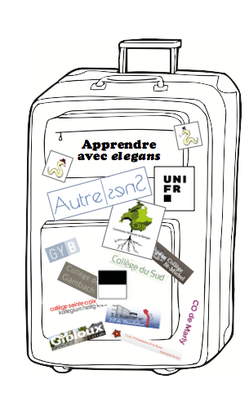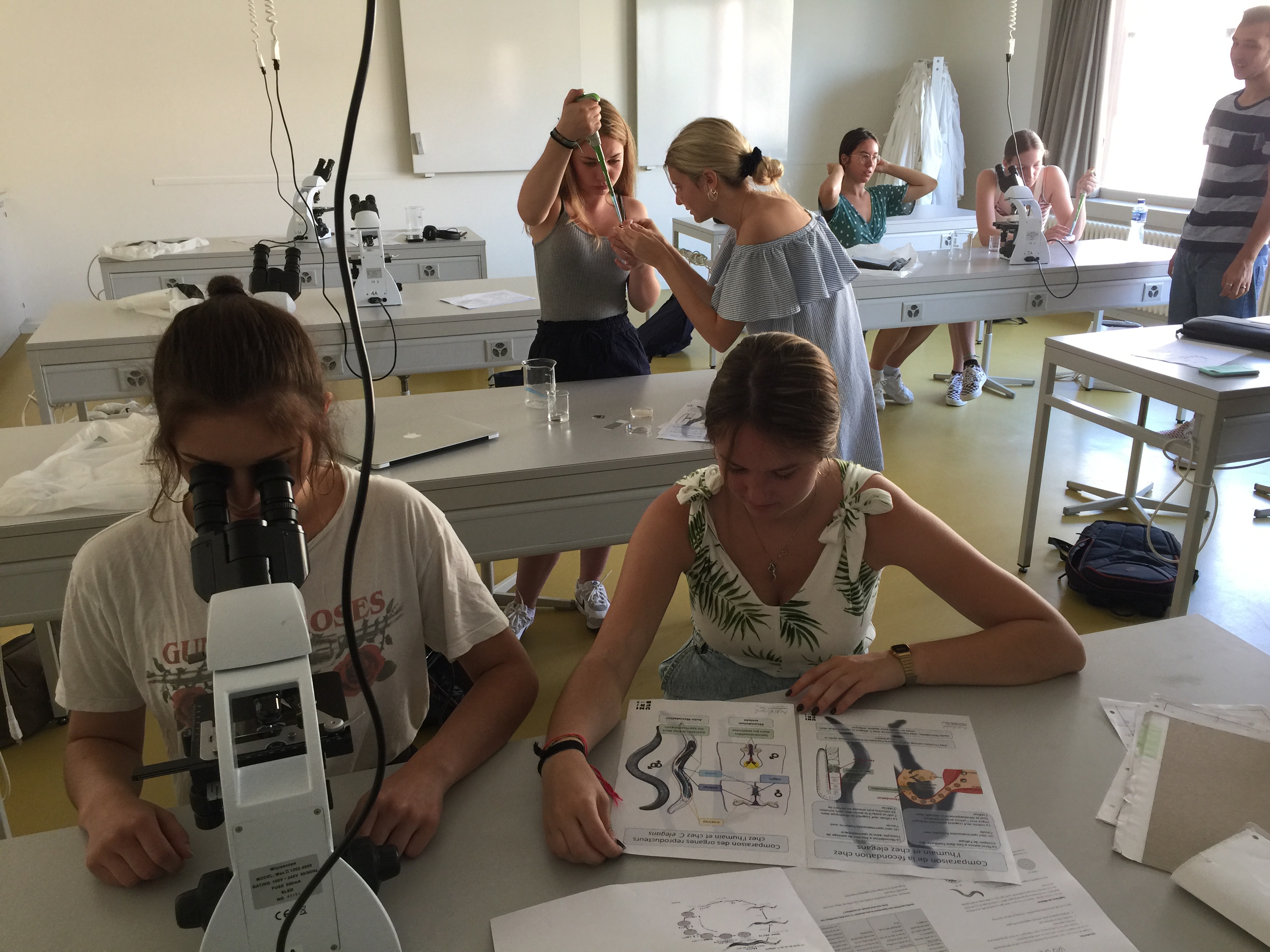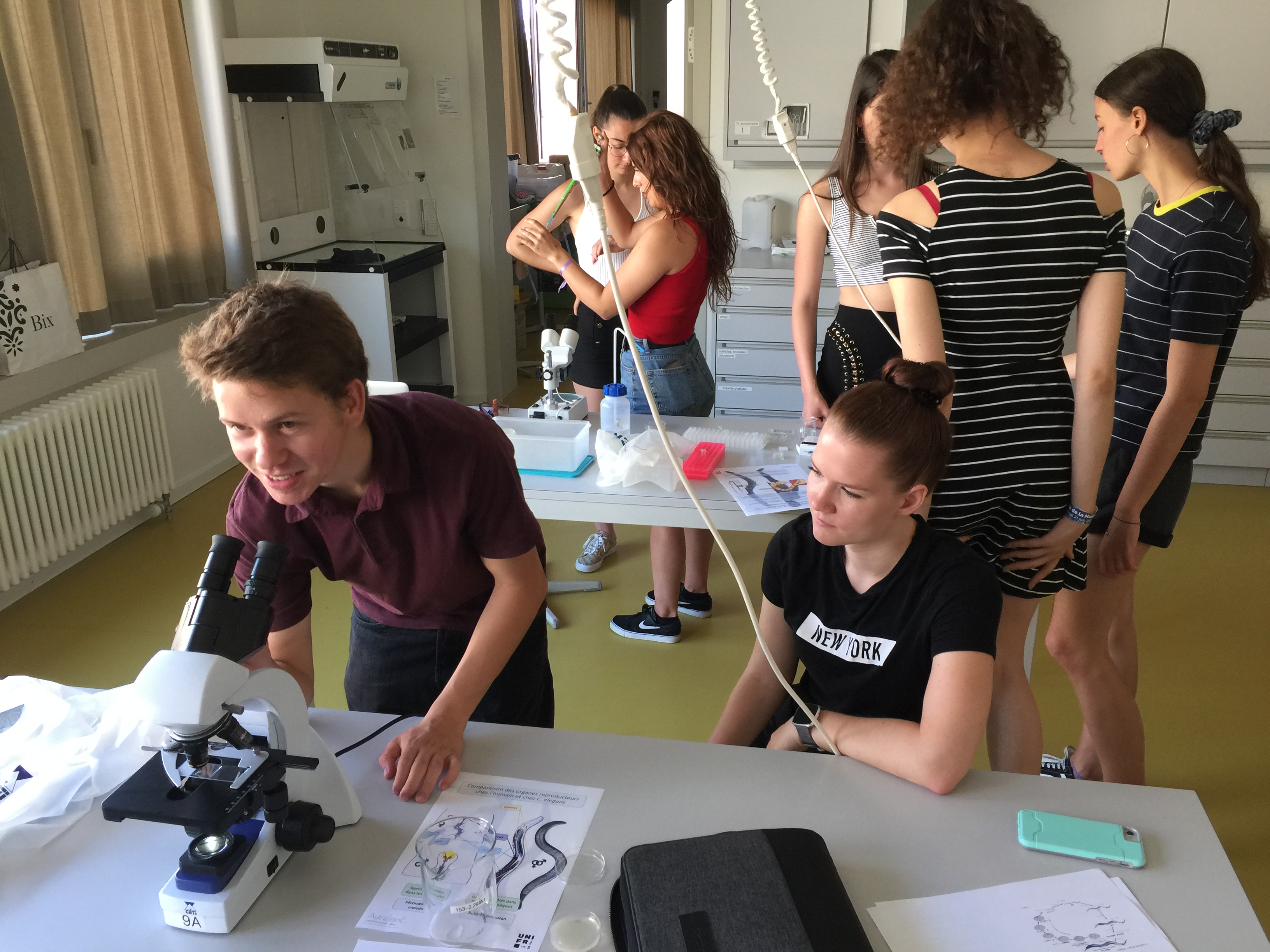Partners and support

The result of the " Toutes et tous LabSCItoyen•ne•s "from the University of Fribourg, Faculty of Letters (M-P. Chevron, CERF) and Faculty of Science (C. Wicky), in partnership with AutreSens.

Project funded by Swiss Academies of Science to the tune of CHF 300,000. Many thanks for their confidence!

Project funded by the Gebert Rüf Foundation to the tune of CHF 200,000. Many thanks for their confidence!
Description
Building meaning into learning...
 If the school really wants to meet one of its objectives, which is to make its students more competitive, then it has to be able to do so. students who are independent and involved in the worldIn other words, it must enable them to build meaning into their learning.
If the school really wants to meet one of its objectives, which is to make its students more competitive, then it has to be able to do so. students who are independent and involved in the worldIn other words, it must enable them to build meaning into their learning.
But constructing meaning is difficult. This objective is truly achieved when what has been learnt in a particular context can be used in a new context, a new situation. This is known as knowledge transfer. This transfer enables us not only to check that meaning has been constructed, but also to build up more and more new knowledge that will continually enrich a notion or an idea, until it is generalised. We then build what we call a threshold concept. Once a threshold concept has been built up in memory, it is rarely forgotten. It also enables previously unrelated areas to be linked together, and is therefore integrative. It changes the way you look at things the world around us.
A well-prepared experimental science laboratory enables knowledge to be transferred.
More often than not, the fundamental biological concepts of "reproduction" or "metabolism", fundamental characteristics shared by all living things, are studied in the classroom in the case of humans. We suggest that you work with Caenorhabditis elegansa small transparent compost worm measuring less than 1 millimetre, and experiments related to these concepts.
The experiment proposed on " reproduction with elegans "In this way, we can observe the processes of mitosis, meiosis, fertilisation and development in vivo, and highlight similarities in the structure and function of the reproductive organs of elegans and humans.
The didactic approach proposed on " metabolism with elegans The "C. elegans" project compares the anatomical structures involved in the digestive and respiratory processes required to meet the energy needs of humans and C. elegans.
The knowledge transfer operations carried out during these experiments - and explained to the pupils - could thus enable them to move from the local nature of knowledge contextualised to the situation worked on in class to a more global, more generalisable dimension of the concepts of digestion, respiration and reproduction. Concrete observation of these processes, made possible by structures with comparable anatomical features, would help them to understand that all living things on Earth share common characteristics. This would contribute to the gradual construction of the threshold concepts of kinship of the living and modelThis enables students to develop a real sense of meaning.



